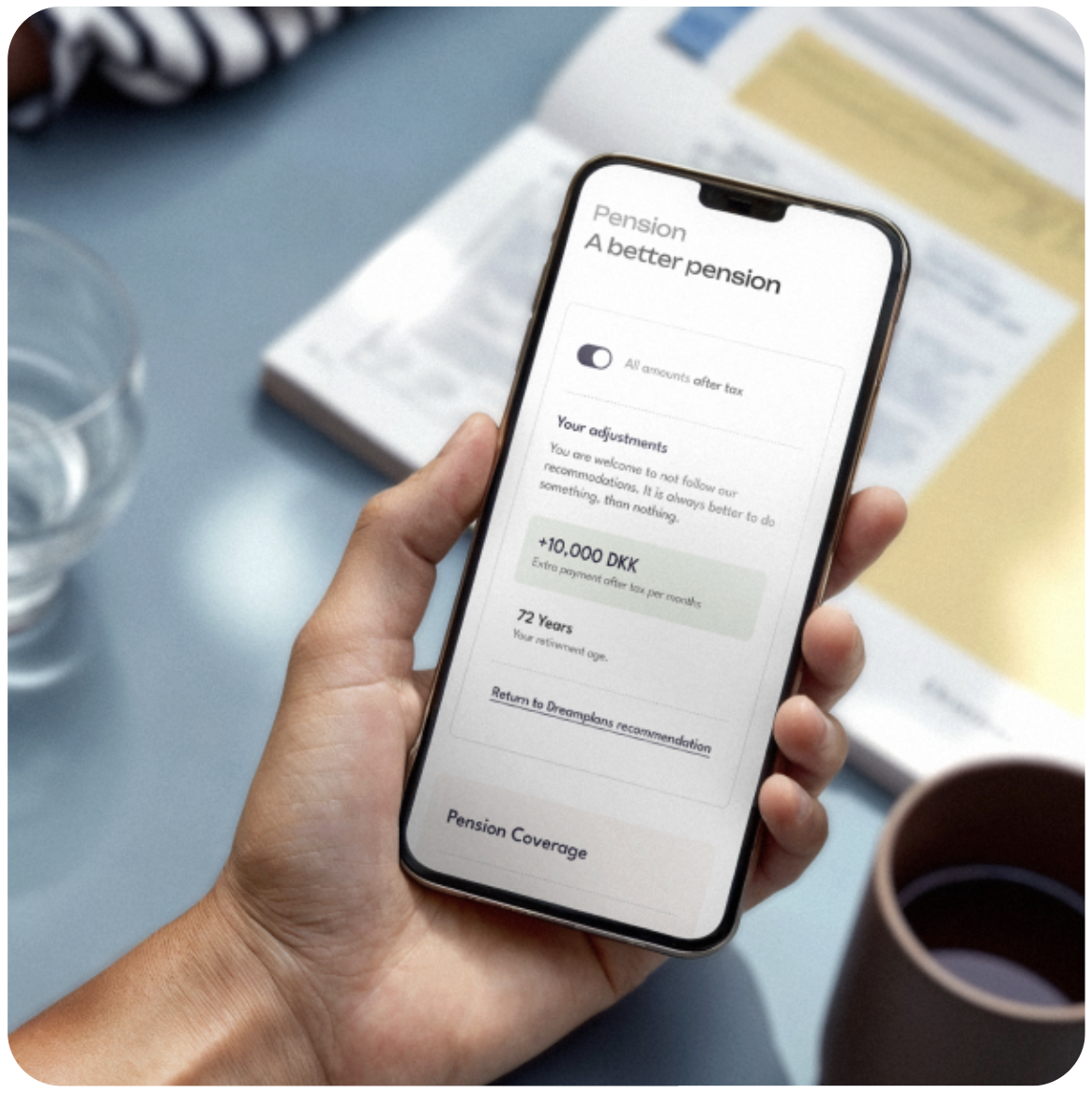
Building the Foundation for Smarter Financial Planning
My Role
Product Designer
UX UI Designer -
Client
Dreamplan io
Timeline 2025
12 months
Deliverables
UX Research & Product Architecture
Interactive Prototypes & Design System
Visual UI Components
Redesign web app concept
Overview
At Dreamplan, I led the design of a new web platform that empowers users to manage and forecast their personal finances more intuitively. The project involved rethinking the app’s architecture to simplify financial planning while maintaining a data-rich and visually engaging experience.
Through iterative design, testing, and stakeholder collaboration, we shaped an experience that turns complex financial data into actionable insights, aligning user goals with the company’s mission of financial clarity and confidence.
Mission
To create a digital experience that makes financial planning accessible, human, and visually engaging — empowering users to plan, forecast, and achieve financial goals with clarity.
Problem
Dreamplan’s early platform had great functionality but lacked the emotional engagement and intuitive structure users needed to feel confident managing their finances.
Our challenge was to bridge the gap between data and understanding — transforming analytics and projections into an interface that feels approachable, trustworthy, and motivating.
Research
Our approach combined qualitative research and interaction testing to understand how users perceive and act on financial data. We explored pain points in navigation, data visibility, and emotional engagement with financial goals.
-
Interviewed existing users and beta testers to understand their expectations around budgeting and financial goal tracking.
-
Reorganized navigation and data hierarchies to make core insights accessible within three clicks.
-
Conducted multiple usability sessions using high-fidelity prototypes in Figma to validate the new structure.
-
Developed a visual language focused on clarity, calmness, and confidence — through typography, spacing, and motion.
Ideation
Building on the insights uncovered during research, the ideation phase focused on translating user needs into tangible design directions. Our goal was to simplify financial planning through visual clarity and emotional reassurance — empowering users to feel in control of their goals, not overwhelmed by data.
We began with collaborative design workshops involving stakeholders from product, data, and marketing to align around the core question:
How might we make financial planning feel approachable, human, and empowering — while keeping the complexity behind the scenes?
Key Outcome
The ideation phase produced three validated concept directions:
The Guided Planner – A conversational interface that walks users step by step through setting and achieving financial goals.
The Forecast Dashboard – A modular layout showing savings, expenses, and future projections in one glance.
The Goal Visualizer – A more emotional, visual concept using progress arcs and milestones to build motivation.
After testing low-fidelity prototypes with users, we merged elements of all three into the final design direction — a clean, visual dashboard experience that combines financial insight, emotional motivation, and simplicity.
Solution
We redesigned the Dreamplan web app around clarity, control, and confidence.
1. Simplified Information Architecture
All financial insights are now accessible through an adaptive dashboard, allowing users to see budgets, forecasts, and progress in one unified view.
2. Emotional Design for Motivation
We incorporated micro-interactions and visual goal tracking to build emotional connection and positive reinforcement.
3. Collaborative Design System
Developed a scalable design system ensuring visual consistency across web and mobile versions, allowing future product extensions.
Next steps
Integrate Predictive AI Features: Use AI to generate personalized forecasts and automated recommendations. In a form of chat, to get your very own financial advisor in your pocket.
Expand Cross-Platform Consistency: Extend design principles into the mobile app for a unified Dreamplan ecosystem.
Continuous User Feedback Loop: Implement analytics-driven iteration cycles based on real user engagement metrics.
Incorporation of Products in the market that are tailored for your financial situation form banks, pension companies, insurance…
more cases?
-

App-titude for ADHD.
In this case study, my mission is to empathetically craft a user-friendly and inclusive experience for individuals with ADHD. By understanding unique challenges and prioritising emotional well-being, I aim to create a solution that enhances user lives and embrace a sense of belonging.
-

Heuristic Analysis of Wish App
Explore how Wish app's cluttered interface and navigation hurdles violate essential heuristic principles. Through iterative improvements this case study showcases how the app evolved into a more intuitive, inclusive, and user-friendly platform.
-

City Mobility
This case study delves deep into the realm of urban mobility, unraveling a story where innovation, user-centric design, and real-time solutions converge. Join us as we navigate the cityscape, transforming challenges into opportunities, one commute at a time!





